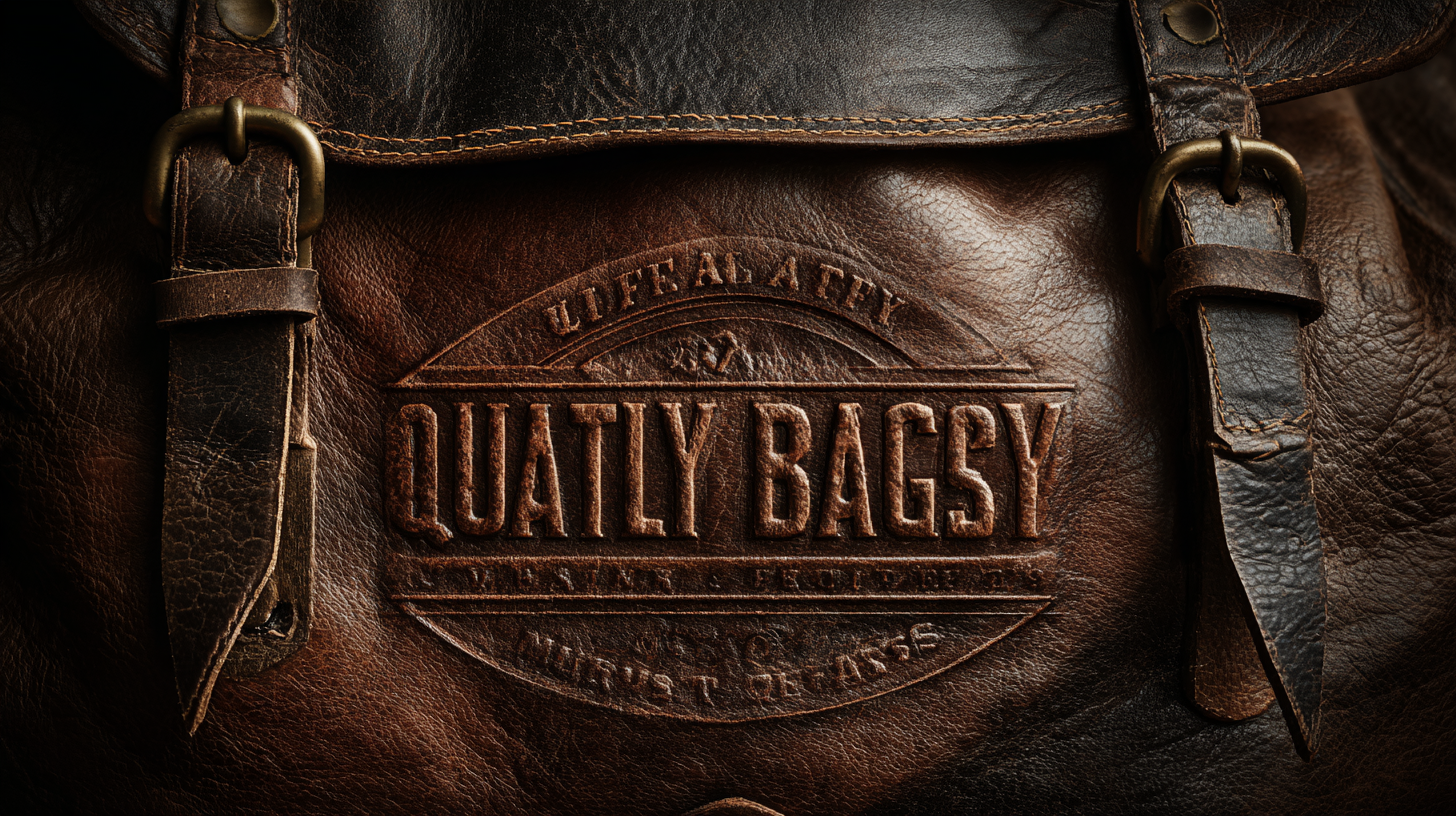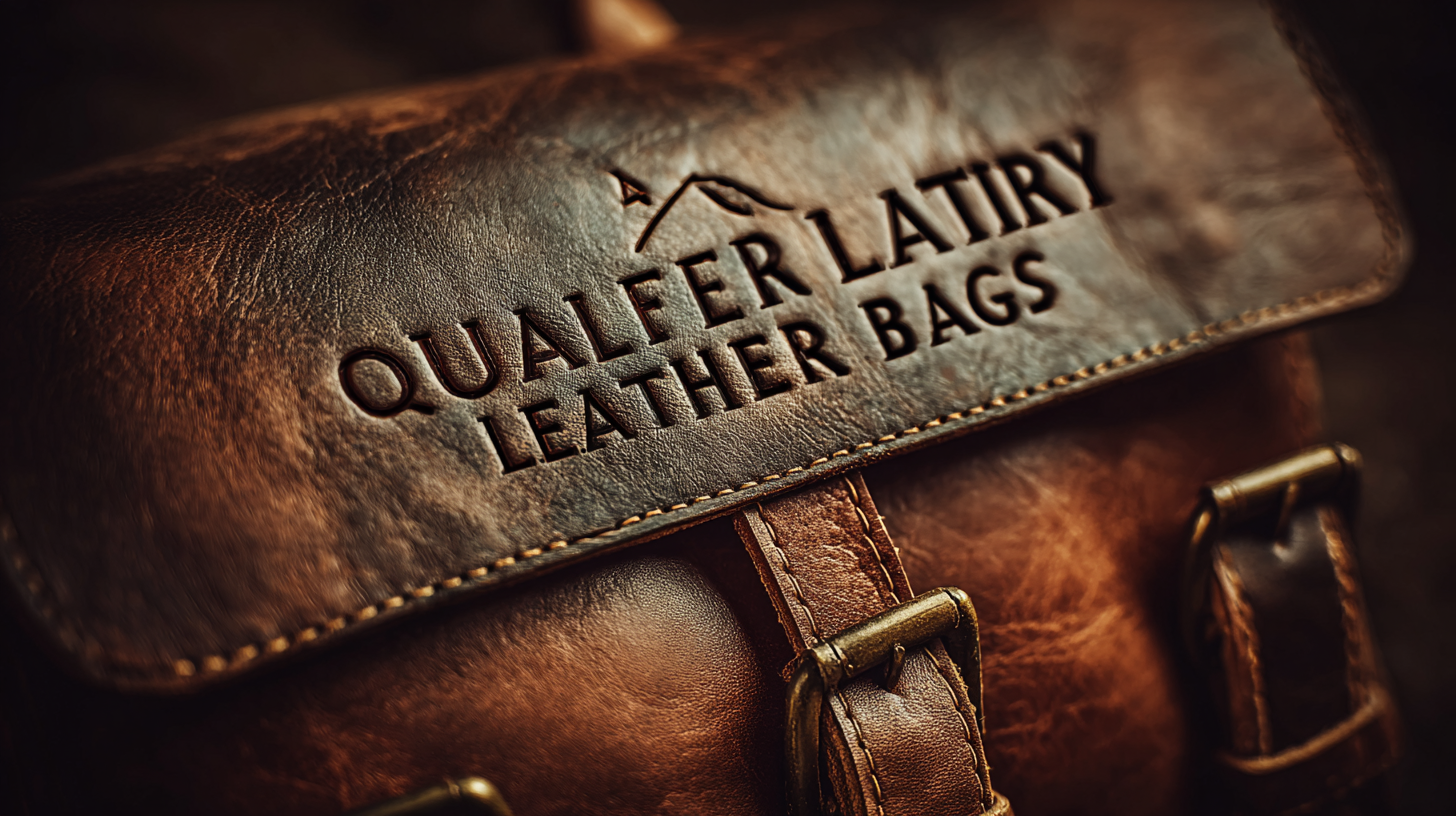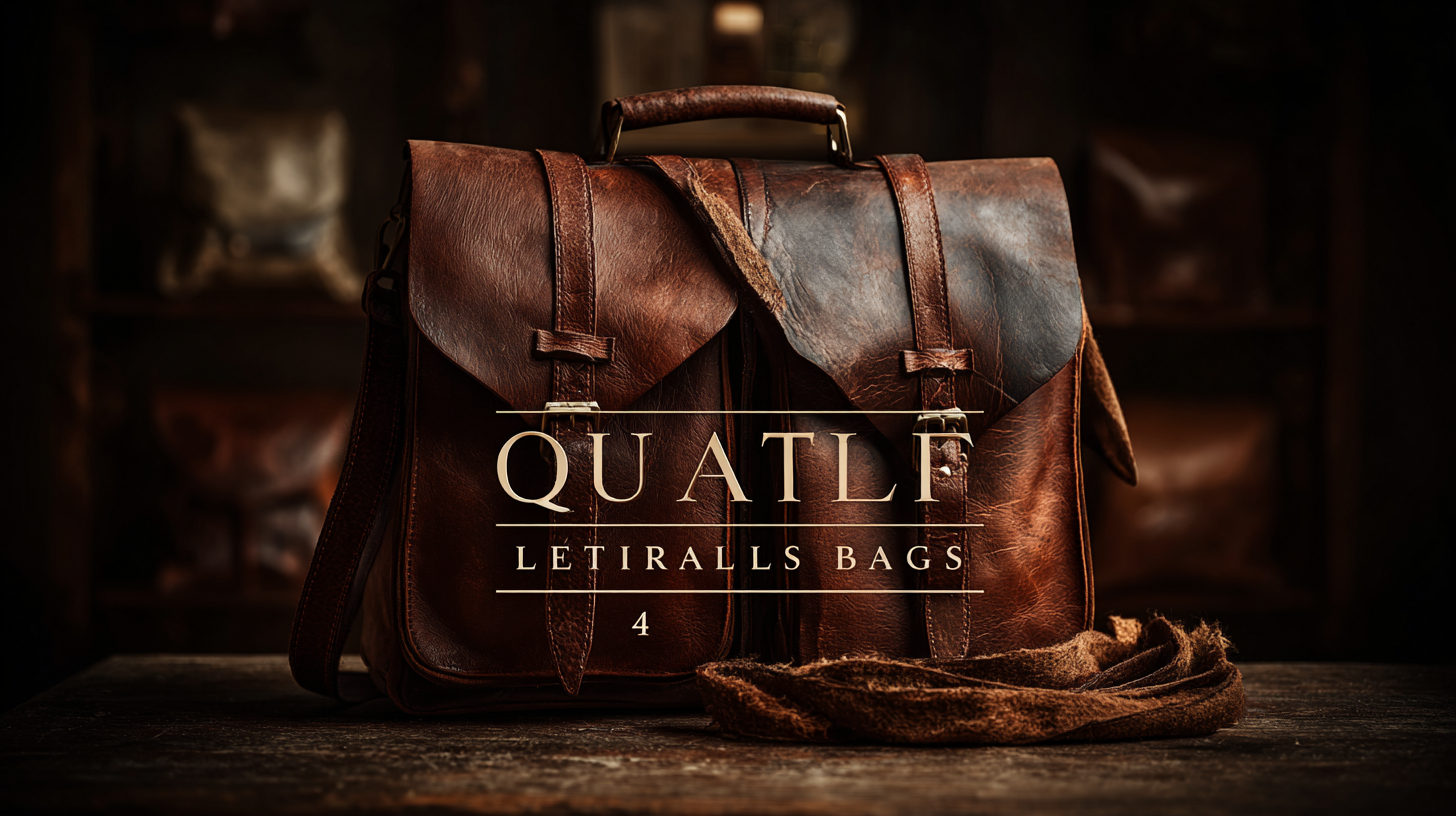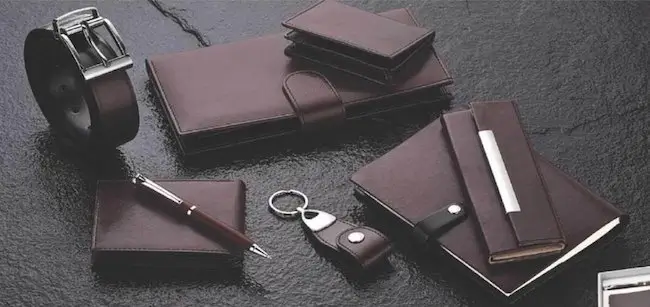The Ultimate Guide to Sourcing Best Quality Leather Bags for Global Market Success
In an increasingly competitive global market, sourcing high-quality leather bags is paramount for success in the fashion industry. According to a report by Grand View Research, the global leather goods market size was valued at over $390 billion in 2020 and is projected to expand at a CAGR of 5% through 2028. With the rising consumer demand for luxury and sustainable products, the emphasis on quality has never been more critical. Leather bags, representing both style and durability, play a significant role in this trend. To meet this demand, brands must strategically navigate the complexities of vendor sourcing, ensuring they partner with reliable suppliers who adhere to high manufacturing standards. This guide will explore effective strategies to identify and collaborate with the best suppliers, essential for delivering quality leather bags that resonate with today's discerning consumers.

Understanding the Global Leather Bags Market: Size and Growth Projections for 2025
The global leather bags market is poised for significant growth, projected to be valued at $60.29 billion by 2025 and reaching $104.24 billion by 2032, with a compound annual growth rate (CAGR) of 7.12%. This rapid expansion reflects the increasing consumer demand for high-quality leather goods globally. Factors contributing to this growth include rising disposable incomes, changing fashion trends, and a growing inclination towards luxury products, emphasizing the importance of sourcing high-quality leather bags.
When sourcing leather bags for success in the global market, consider the following tips: First, invest in high-quality materials that exemplify durability and style. Always check industry standards and certifications for leather to ensure sustainability and ethical practices. Additionally, keep an eye on market trends—understanding consumer preferences will help in designing bags that resonate with buyers.
Moreover, focus on diversification within your product range. The leather goods market, encompassing both traditional and innovative designs, is expected to grow at a CAGR of over 6.7% from 2025 to 2032. By exploring niches like smart bags, which could reach a market size of $17.05 billion by 2034, you can tap into emerging demands and stay competitive in this vibrant marketplace.

Key Drivers of Demand: Consumer Preferences and Trends Shaping Leather Bag Choices
The leather goods market is undergoing a dynamic transformation, driven by evolving consumer preferences and sustainable trends. As more consumers prioritize eco-friendly options, the demand for alternative materials such as bio-based leather and vegan products like cactus leather is surging. The bio-based leather market is projected to grow significantly, emphasizing the importance of ethical sourcing and sustainability. This shift not only aligns with consumer values but also encourages brands to innovate, reflecting a broader movement towards responsible fashion.

In India, the handbags market is set to experience considerable growth, expected to expand by USD 1.74 billion between 2024 and 2028. Retail and online channels are increasingly leveraged to meet this rising demand, with AI insights enhancing market strategies. As consumer awareness regarding sustainability grows, Indian women are gravitating toward sustainable fashion brands that embody a lifestyle of mindful living. This alignment of consumer preferences with market offerings presents an opportunity for brands to achieve global market success by prioritizing quality and environmental responsibility in their leather bag collections.
Sustainability in Leather Production: Eco-Friendly Practices for a Competitive Edge
Sustainability in leather production has emerged as a crucial factor that significantly influences consumer purchasing decisions. According to a report by the Sustainable Apparel Coalition, about 75% of consumers are willing to pay more for sustainable products, underscoring the demand for eco-friendly practices in the leather industry. This trend is not only beneficial for the environment but also offers a competitive edge for brands that adopt sustainable methodologies. Implementing responsible sourcing and production methods can elevate a brand’s reputation and ensure customer loyalty.
Tip: To begin your sustainability journey, consider partnering with tanneries that use vegetable tanning methods instead of harmful chemicals. This eco-friendly process not only reduces environmental impact but also enhances the quality of the leather, making it more appealing to conscious consumers.
Furthermore, brands should focus on transparency throughout their supply chain. A Nielsen report indicates that 66% of global consumers are willing to pay extra for products from sustainable brands. By openly sharing sourcing practices and production processes, companies can foster trust with their customers and position themselves as leaders in sustainability within the leather market.
Tip: Regularly communicate your sustainability efforts through marketing channels and social media. Use certifications or third-party verifications to bolster consumer confidence in your commitment to eco-friendly practices.
Competitive Analysis: Major Players and Market Share in the Leather Bag Industry
The leather bag industry is witnessing significant growth, driven by rising consumer demand and evolving market dynamics. According to recent analyses, the global handbag market is projected to reach an impressive USD 124.10 billion by 2030, with a compound annual growth rate (CAGR) of 6.8% from 2023 to 2030. This growth underscores the increasing preference for quality and luxury among consumers, presenting lucrative opportunities for brands aiming to establish a strong foothold in this competitive landscape.
Additionally, the broader leather goods market is anticipated to expand from USD 493.58 billion in 2025 to a staggering USD 904.41 billion by 2035, reflecting a CAGR of 5.6%. Factors such as evolving consumer preferences towards sustainability and ethical sourcing are influencing market trends. The traditional leather market, in particular, is projected to grow from USD 189.94 billion in 2025 to USD 236.84 billion by 2034, indicating that established players must adapt to these shifts to maintain their market share.
As such, a thorough competitive analysis is essential for businesses aiming to thrive in the global market.
Future Innovations: Technology and Design Trends Shaping the Next Generation of Leather Bags
The future of leather bags is poised for transformation, driven by innovative materials and design trends that align with the evolving demands of the global market. Recent discussions at the BRICS+ Fashion Summit illuminated the exciting landscape ahead, where technology intersects with traditional craftsmanship. As designers and manufacturers grapple with environmental concerns, sustainable alternatives such as tree bark, sugarcane, crab shell, spider silk, and mycelium are gaining traction. These materials not only showcase the potential for eco-friendly practices but also reflect a broader shift towards circular fashion, which is anticipated to dominate the industry over the next 5-10 years.
According to a report by the Textile Sustainability Council, the global sustainable leather market is projected to reach $100 billion by 2030, emphasizing a growing consumer appetite for responsibly produced goods. Innovations in design are also paving the way for smarter features in leather bags, integrating technology seamlessly. For instance, the rise of embedded sensors and app connectivity could redefine functionality for consumers who seek both style and practicality. With this fusion of tradition and cutting-edge innovation, the next generation of leather bags is set not just to meet market demands, but also to lead the fashion industry towards a more sustainable future.
The Ultimate Guide to Sourcing Best Quality Leather Bags for Global Market Success
| Category | Material Type | Sustainability Rating | Design Trend | Price Range (USD) |
|---|---|---|---|---|
| Handbags | Full Grain Leather | High | Minimalist | 150 - 500 |
| Backpacks | Top Grain Leather | Medium | Retro | 100 - 300 |
| Clutches | Bonded Leather | Low | Artistic | 50 - 150 |
| Luggage | Genuine Leather | Medium | Functional | 200 - 600 |
| Messenger Bags | Recycled Leather | High | Urban Chic | 80 - 250 |

